|
Hawaii Distributor: Paradise Beverages
|
Locations:
Paso Robles: 1400 Ramada Dr. Paso Robles, CA 93446
|
By Daniela Parker
As seen in the February 2019 issue of Hawaii Beverage Guide
Hawaii Beverage Guide had the opportunity to meet with Firestone Walker’s Hawaii state manager, Jesús “Chuy” Lopez at their Venice “Propagator” restaurant in Marina Del Rey. Through our conversation, we found that the partnership they have with Duvel Moortgat, the approach to their different locations (which are spread out over 200 miles), and their approach to beer brewing (via origins on a Central Coast Winery) particularly interesting.
As seen in the February 2019 issue of Hawaii Beverage Guide
Hawaii Beverage Guide had the opportunity to meet with Firestone Walker’s Hawaii state manager, Jesús “Chuy” Lopez at their Venice “Propagator” restaurant in Marina Del Rey. Through our conversation, we found that the partnership they have with Duvel Moortgat, the approach to their different locations (which are spread out over 200 miles), and their approach to beer brewing (via origins on a Central Coast Winery) particularly interesting.
-
Founding Story
-
The Logo
-
Duvel Moortgat Partnership
<
>
Founding Story
The Firestone Walker Brewery was founded by Adam Firestone and David Walker in Santa Barbara County in 1996 on the “back-forty” of the Firestone Family Vineyard in Buellton, California near Solvang.
The Firestone Walker Brewery was founded by Adam Firestone and David Walker in Santa Barbara County in 1996 on the “back-forty” of the Firestone Family Vineyard in Buellton, California near Solvang.
The Logo:
The lion-and-bear logo represent the founders, David Walker and Adam Firestone. According to Lopez: “David Walker is from the UK; Adam Firestone is from California. Adam is the Californian Bear and David is the British Lion that comprise our logos. They’re business partners and brothers-in-law, and they’re always fighting.”
The lion-and-bear logo represent the founders, David Walker and Adam Firestone. According to Lopez: “David Walker is from the UK; Adam Firestone is from California. Adam is the Californian Bear and David is the British Lion that comprise our logos. They’re business partners and brothers-in-law, and they’re always fighting.”
Duvel Moortgat Partnership
Duvel Moortgat invested into Firestone Walker. Unlike a typical acquisition where a team is turned over, Duvel Moortgat wanted Firestone Walker Brewing Company to continue its growth and operations, providing them with additional financial and production methodology resources. Duvel Moortgat’s has assisted Firestone Walker by using their purchasing power to decrease the cost of ingredients and facilitating the opening of the Propagator restaurant in Venice.
Duvel Moortgat invested into Firestone Walker. Unlike a typical acquisition where a team is turned over, Duvel Moortgat wanted Firestone Walker Brewing Company to continue its growth and operations, providing them with additional financial and production methodology resources. Duvel Moortgat’s has assisted Firestone Walker by using their purchasing power to decrease the cost of ingredients and facilitating the opening of the Propagator restaurant in Venice.
Approach to Beer
New Concepts
Lopez explained that all new concepts are done with intent. There is a give and take: the brewers look at the trends in the beer world at large and consider a way they can put the Firestone Walker spin on it. The brewmasters may have a concept that they want to try and it is compared against the brewery’s portfolio to see if it fits into the Firestone Walker brand. For example, the Dry Irish stout was released for St. Patrick’s Day this year because the brewers realized that the brewery had never tried producing a dry Irish stout. They are trying it out at the Propagator to see how the public responds. Furthermore, the brewery created a nitro milk stout as a foray into the world of nitrogenated beer.
Lopez explained that all new concepts are done with intent. There is a give and take: the brewers look at the trends in the beer world at large and consider a way they can put the Firestone Walker spin on it. The brewmasters may have a concept that they want to try and it is compared against the brewery’s portfolio to see if it fits into the Firestone Walker brand. For example, the Dry Irish stout was released for St. Patrick’s Day this year because the brewers realized that the brewery had never tried producing a dry Irish stout. They are trying it out at the Propagator to see how the public responds. Furthermore, the brewery created a nitro milk stout as a foray into the world of nitrogenated beer.
-
Paso Robles aka HQ and Production Brewery
-
Bulleton aka Barrelworks
-
Venice Location aka the Propagator
<
>
Buellton, about 40 miles north of Santa Barbara, is the location for a project that is called Barrelworks. At Barrelworks in Buellton, “We make our wild ales and sour beers. We also have a restaurant. Buellton is more about wild ales and sours, and barrel aging. They do a lot of artisanal beers,” said Lopez.
Firestone Walker Brewery has always felt a part of the Los Angeles way of life, even though Buellton, California, is 150 miles to the North in Santa Barbara County. Firestone and Walker had always wanted to create a project where they could bring the Firestone Walker Brewery experience to Los Angeles, especially since one of their signature beers, 805, has become increasingly popular. Three years ago, the Venice location in Marina Del Rey was opened. All the beer for the brew-pub is produced on-site, but the name “Propagator” comes from its handle at an R&D Facility.
The Propagator’s location in Los Angeles, instead of in Paso Robles, also provides a particularly helpful market research opportunity. The City of Angels and its broad demographics are utilized for better statistical data and provide larger sample sizes for testing their products. If the Propagator develops a new beer, and it sells well to LA patrons, it is approved and then sent to Paso Robles to be made on a larger scale.
One of the unique parts of the Propagator is its size: it’s tiny. According to Propagator’s Manager, Jay: “It’s a ten-barrel brew house and we’ve got four 20-barrel fermenters. We always double batch. There are normally three vessels for brewing beer (mash tun, lauter tun, brew kettle); however, we obtained a custom-made, Kaspar-Schultz brewhouse from Germany, which allows the mash tun to also serve as a brew kettle. The other really neat thing about their brewhouse is that it has an external boiler instead of a boiler underneath it like at a lot of the other brewhouses. It’s all completely automated, except for putting in the ingredients.”
Some recently released beers that have come out of the work at the Propagator are Rosalie and Mind Haze. The Mind Haze took about six months to develop and three batches. The rosé beer was much more of a challenge for brewmasters, and took longer to develop. “Then there are other beers you won’t see anywhere else. The Generation 1 (Gen 1) is our house beer. The Saison is a version of the Opal. This is a nice, really easy drinking, high alcohol Saison. And then we have a dry Irish stout that we made for St. Patrick’s Day.
The Propagator’s location in Los Angeles, instead of in Paso Robles, also provides a particularly helpful market research opportunity. The City of Angels and its broad demographics are utilized for better statistical data and provide larger sample sizes for testing their products. If the Propagator develops a new beer, and it sells well to LA patrons, it is approved and then sent to Paso Robles to be made on a larger scale.
One of the unique parts of the Propagator is its size: it’s tiny. According to Propagator’s Manager, Jay: “It’s a ten-barrel brew house and we’ve got four 20-barrel fermenters. We always double batch. There are normally three vessels for brewing beer (mash tun, lauter tun, brew kettle); however, we obtained a custom-made, Kaspar-Schultz brewhouse from Germany, which allows the mash tun to also serve as a brew kettle. The other really neat thing about their brewhouse is that it has an external boiler instead of a boiler underneath it like at a lot of the other brewhouses. It’s all completely automated, except for putting in the ingredients.”
Some recently released beers that have come out of the work at the Propagator are Rosalie and Mind Haze. The Mind Haze took about six months to develop and three batches. The rosé beer was much more of a challenge for brewmasters, and took longer to develop. “Then there are other beers you won’t see anywhere else. The Generation 1 (Gen 1) is our house beer. The Saison is a version of the Opal. This is a nice, really easy drinking, high alcohol Saison. And then we have a dry Irish stout that we made for St. Patrick’s Day.
Approach to Ingredients
-
Yeast
-
Barrel Sourcing and Aging
<
>
Yeast Sourcing
Firestone Walker has their own lab which allows them to produce proprietary yeast strains.
Firestone Walker has their own lab which allows them to produce proprietary yeast strains.
Barrel Sourcing
Firestone Walker has an agreement with Heaven Hill for whiskey barrels. They also age in rum and tequila casks.
Barrel Aging Approach
Firestone Walker has a robust barrel aging program, with its own dedicated person, as it is part of their wine country heritage. According to Lopez “We consider oak to be the fifth element.”
The barrel aging program is split between the Paso Robles and Buellton facilities. At Paso Robles, barrel aged beer fermented with regular yeast, for example the Double Barrel Ale (DBA), is made. At Buellton, beer is fermented with wild strains of yeast. The wild yeast is kept separate from the the non-wild strains to avoid contamination. According to Lopez: “We don’t brew at Buellton. We have the inoculation and fermentation facility there. We bring the wort and they start the fermentation process with the wild yeast. We ferment in all kinds of barrels, a lot of which were former wine barrels; you get a lot more bucks out of it.
Firestone Walker has an agreement with Heaven Hill for whiskey barrels. They also age in rum and tequila casks.
Barrel Aging Approach
Firestone Walker has a robust barrel aging program, with its own dedicated person, as it is part of their wine country heritage. According to Lopez “We consider oak to be the fifth element.”
The barrel aging program is split between the Paso Robles and Buellton facilities. At Paso Robles, barrel aged beer fermented with regular yeast, for example the Double Barrel Ale (DBA), is made. At Buellton, beer is fermented with wild strains of yeast. The wild yeast is kept separate from the the non-wild strains to avoid contamination. According to Lopez: “We don’t brew at Buellton. We have the inoculation and fermentation facility there. We bring the wort and they start the fermentation process with the wild yeast. We ferment in all kinds of barrels, a lot of which were former wine barrels; you get a lot more bucks out of it.
The Beer (Select Product Available in Hawaii)
-
The 805 Beer
-
Gen1
-
The Mind Haze
<
>
The 805 Beer
The beer that Firestone Walker is most known for is their 805. It even has its own website: 805beer.com. According to Lopez: “It actually started as almost an accident. The brewery wanted to have a beer for the local community where we’re from—the Central Coast— where 805 is the area code. The brewery decided to make a beer for the local community that would only be sold in the 805 area code. People embraced it and the concept of the 805 grew. It was never intended to be a big, mainstream beer. However, people started buying the beer in Ventura County and driving it back to LA. Some LA restaurants even started carrying it. I started getting calls from restaurants asking, “how come I can’t have 805? The guy across the street has it and we don’t.” I told them that we don’t sell it in LA, but people were driving up to Ventura County, so we had no other option than to release it to LA. Then it went to Northern California and now it’s in Arizona, Nevada, Hawaii, and it’s our number one beer as a company. People love 805. It’s a blonde ale. We use a honey malt. It finishes dry.”
The beer that Firestone Walker is most known for is their 805. It even has its own website: 805beer.com. According to Lopez: “It actually started as almost an accident. The brewery wanted to have a beer for the local community where we’re from—the Central Coast— where 805 is the area code. The brewery decided to make a beer for the local community that would only be sold in the 805 area code. People embraced it and the concept of the 805 grew. It was never intended to be a big, mainstream beer. However, people started buying the beer in Ventura County and driving it back to LA. Some LA restaurants even started carrying it. I started getting calls from restaurants asking, “how come I can’t have 805? The guy across the street has it and we don’t.” I told them that we don’t sell it in LA, but people were driving up to Ventura County, so we had no other option than to release it to LA. Then it went to Northern California and now it’s in Arizona, Nevada, Hawaii, and it’s our number one beer as a company. People love 805. It’s a blonde ale. We use a honey malt. It finishes dry.”
ABV: 7.6 IBU: 60
Malts: 2-Row, Torrified Wheat, Cara-pils
Hops: Chinook, Citra, Mandarina
Dry Hopping: Mosaic, Citra
Generation 1, Gen1 for short, is an extremely hazy looking beer, but it is not actually classified as a hazy beer: it’s an Imperial IPA. Gen 1 is the first beer that came out of the Propagator. This particularly Imperial IPA has a higher alcohol content and it is unfiltered. Jay explained: “Before the Propagator, most of our beers were clean, filtered beers. At the Propagator, we tried to do the unfiltered beer because it has become really popular. When this beer came out three years ago, everybody went crazy. It was the beginning of the hazy beer trend. As unfiltered IPAs were coming up and Gen1 falls more in the traditional IPA realm, but with a bite.”
Malts: 2-Row, Torrified Wheat, Cara-pils
Hops: Chinook, Citra, Mandarina
Dry Hopping: Mosaic, Citra
Generation 1, Gen1 for short, is an extremely hazy looking beer, but it is not actually classified as a hazy beer: it’s an Imperial IPA. Gen 1 is the first beer that came out of the Propagator. This particularly Imperial IPA has a higher alcohol content and it is unfiltered. Jay explained: “Before the Propagator, most of our beers were clean, filtered beers. At the Propagator, we tried to do the unfiltered beer because it has become really popular. When this beer came out three years ago, everybody went crazy. It was the beginning of the hazy beer trend. As unfiltered IPAs were coming up and Gen1 falls more in the traditional IPA realm, but with a bite.”
Malts: 2-Row, White Wheat, Torrified Wheat, Munich, Golden Naked Oats
Hops: Kettle: Cashmere, Mandarina.
Dry Hop: El Dorado, Idaho 7, Azacca, Mosaic, Cashmere
“Mind Haze just got to Hawaii. It’s a hazy IPA. A lot of breweries are coming out with hazy IPAs, so this is our version of it and it was created here at The Propagator. This beer came out on January 1st of this year and almost four months into this year, it’s already our second most popular beer behind the 805. This is another one of those beers that people embrace. If you drink our traditional West Coast IPAs, the difference is in the hop content. There’s a heavier hop content to it. What the hazy does is change the mouthfeel. The alcohol content and the hop content stays the same, but it tastes smoother and doesn’t have the bite. The original IPAs were more of a West Coast trend. The hazy is more of an East Coast trend. On the East Coast, they’re brewing some phenomenal, hazy IPAs. The traditional hazy IPAs from the East Coast are a little bit higher in alcohol content and they’re more robust. The only challenge with that is that the beers are more fragile, so their life is a little bit shorter. Matt, our brew master, is a purist and is a huge fan of German beers, not only German Pilsners, but also Heffeweisen. He almost created a concept where the alcohol content of the IPA was lowered, but life of the beer was extended, so if you drank it a few months from now, you wouldn’t be disappointed. Beer, as you know, is different than wine or spirits in that it doesn’t age. We have some beers that are aged; they are barrel aged. Traditional or fresh beers are better drunk fresher. Matt just wanted beers that would hold up three months later.
Hops: Kettle: Cashmere, Mandarina.
Dry Hop: El Dorado, Idaho 7, Azacca, Mosaic, Cashmere
“Mind Haze just got to Hawaii. It’s a hazy IPA. A lot of breweries are coming out with hazy IPAs, so this is our version of it and it was created here at The Propagator. This beer came out on January 1st of this year and almost four months into this year, it’s already our second most popular beer behind the 805. This is another one of those beers that people embrace. If you drink our traditional West Coast IPAs, the difference is in the hop content. There’s a heavier hop content to it. What the hazy does is change the mouthfeel. The alcohol content and the hop content stays the same, but it tastes smoother and doesn’t have the bite. The original IPAs were more of a West Coast trend. The hazy is more of an East Coast trend. On the East Coast, they’re brewing some phenomenal, hazy IPAs. The traditional hazy IPAs from the East Coast are a little bit higher in alcohol content and they’re more robust. The only challenge with that is that the beers are more fragile, so their life is a little bit shorter. Matt, our brew master, is a purist and is a huge fan of German beers, not only German Pilsners, but also Heffeweisen. He almost created a concept where the alcohol content of the IPA was lowered, but life of the beer was extended, so if you drank it a few months from now, you wouldn’t be disappointed. Beer, as you know, is different than wine or spirits in that it doesn’t age. We have some beers that are aged; they are barrel aged. Traditional or fresh beers are better drunk fresher. Matt just wanted beers that would hold up three months later.
Availability of Barrel Aged Beer
How to get Firestone Walker Barrel Aged Beer
According to Lopez: “Our barrel aging program is very extensive in terms of beers and barrels, It’s also very limited. We release consistently throughout the year, but very little. We have a beer called Parabola, which is an imperial Russian stout aged in bourbon barrels. Each of these beers are released at a certain time of year. When the beers come out we ship them from the brewery to Paradise Beverages. You can find them at any Whole Food locations and at some Tamura’s locations. Village Bottle Shop also features our barrel aged beers.”
Jay said it best when he explained: “We’ve been making beer for thousands of years and even if you go somewhere like Heineken, every single batch is going to be different because the ingredients are real and the ingredients are not consistent, so you have to find ways to make your beer taste the same. We have a lab in Paso Robles of nine full-time staff who test every single batch of beer that comes from all of our breweries. It’s not hard to make good beer. It’s really hard to make great beer and it’s even harder to make great beer consistently. That’s something that we excel at.”
According to Lopez: “Our barrel aging program is very extensive in terms of beers and barrels, It’s also very limited. We release consistently throughout the year, but very little. We have a beer called Parabola, which is an imperial Russian stout aged in bourbon barrels. Each of these beers are released at a certain time of year. When the beers come out we ship them from the brewery to Paradise Beverages. You can find them at any Whole Food locations and at some Tamura’s locations. Village Bottle Shop also features our barrel aged beers.”
Jay said it best when he explained: “We’ve been making beer for thousands of years and even if you go somewhere like Heineken, every single batch is going to be different because the ingredients are real and the ingredients are not consistent, so you have to find ways to make your beer taste the same. We have a lab in Paso Robles of nine full-time staff who test every single batch of beer that comes from all of our breweries. It’s not hard to make good beer. It’s really hard to make great beer and it’s even harder to make great beer consistently. That’s something that we excel at.”

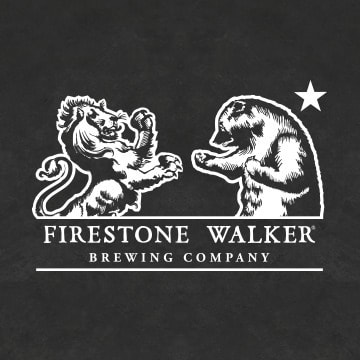
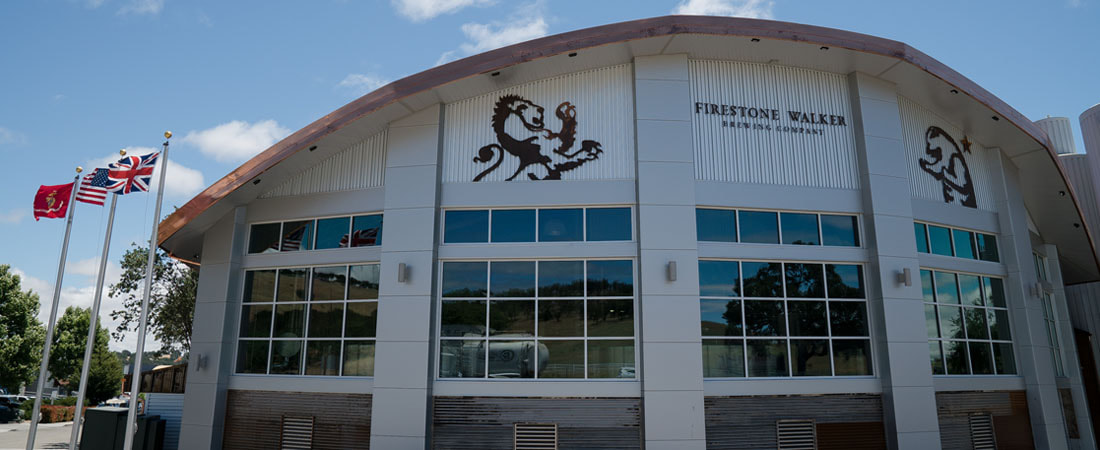
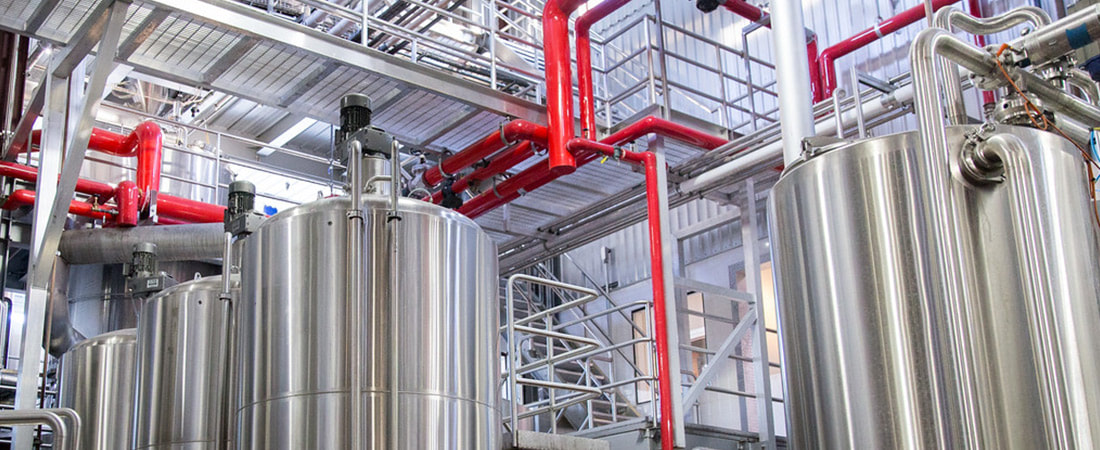
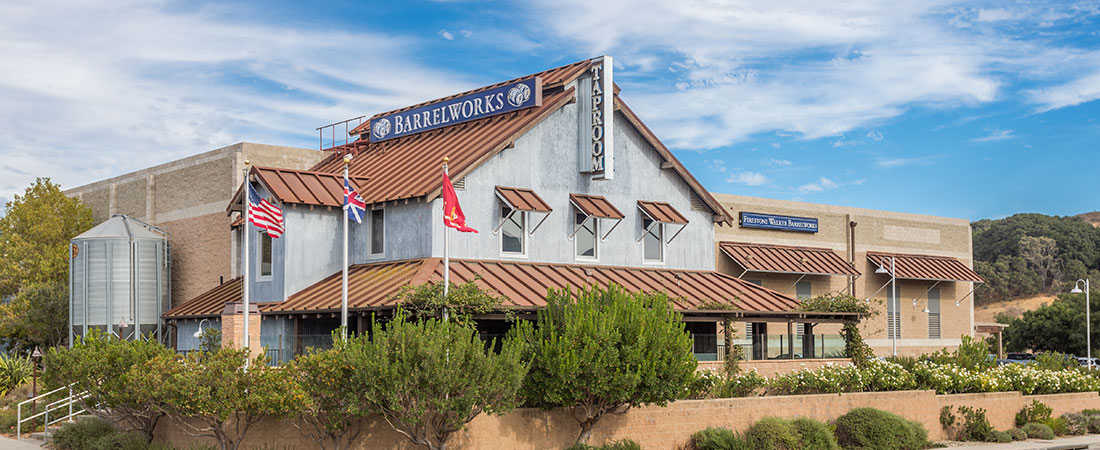
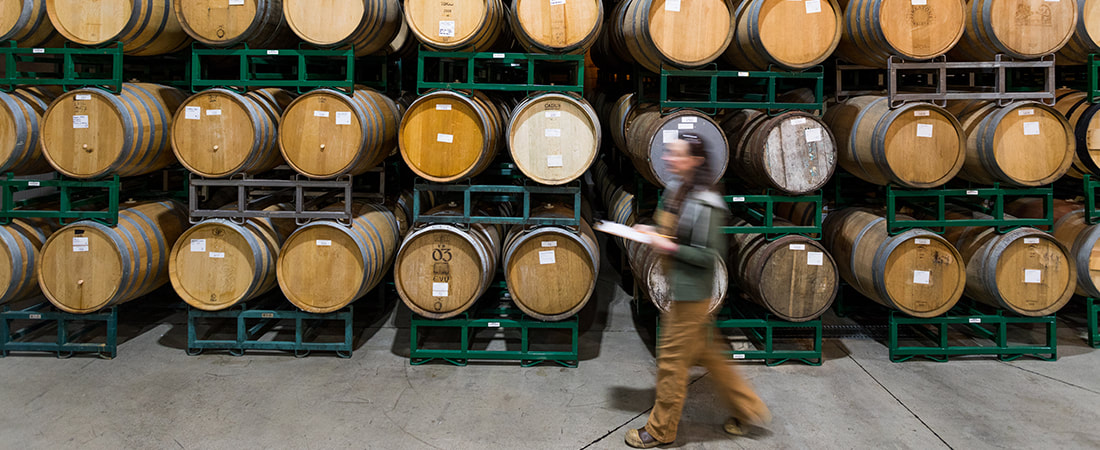
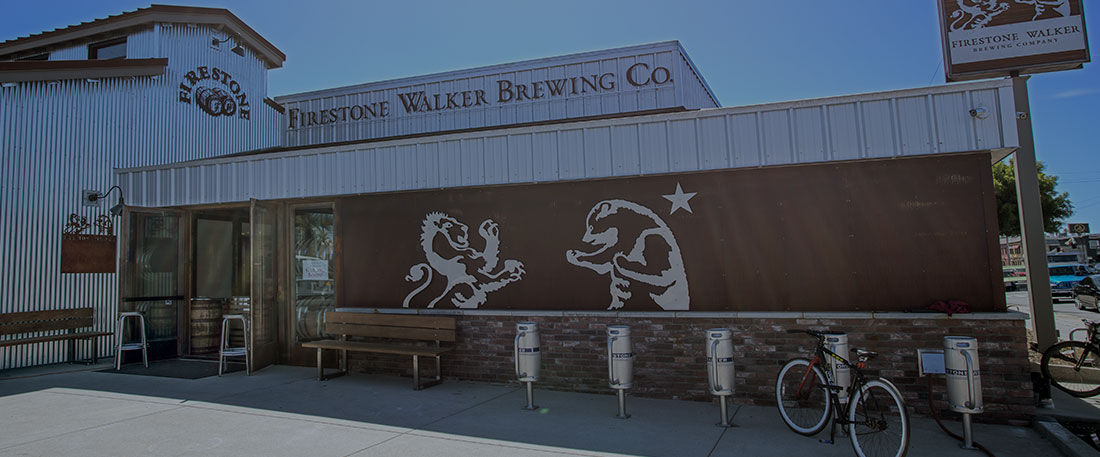
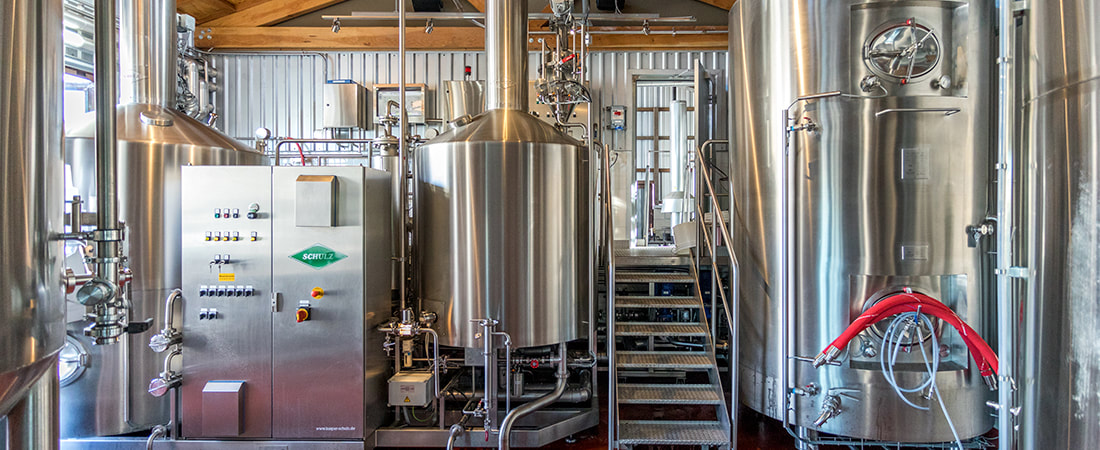
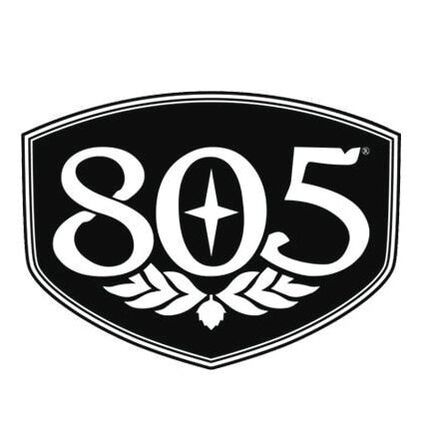
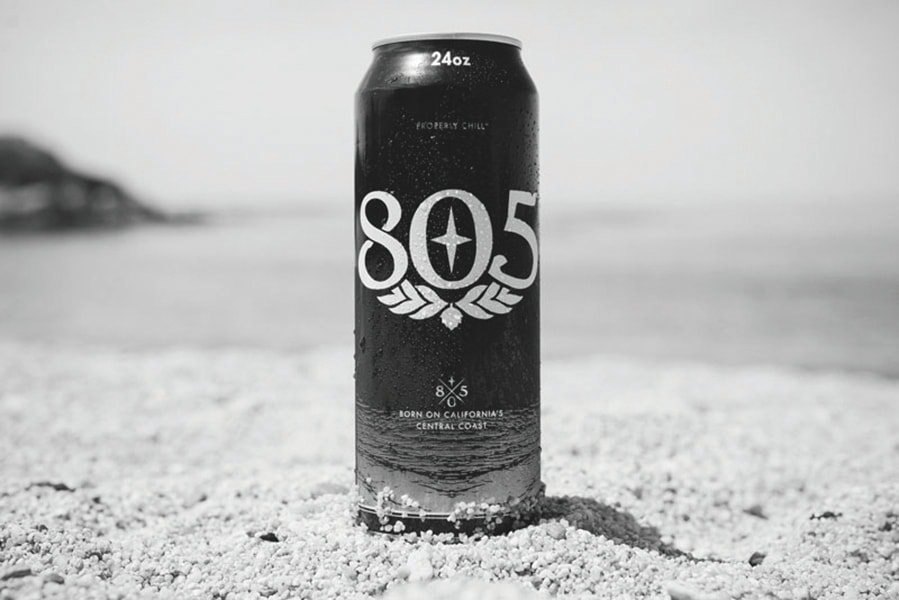
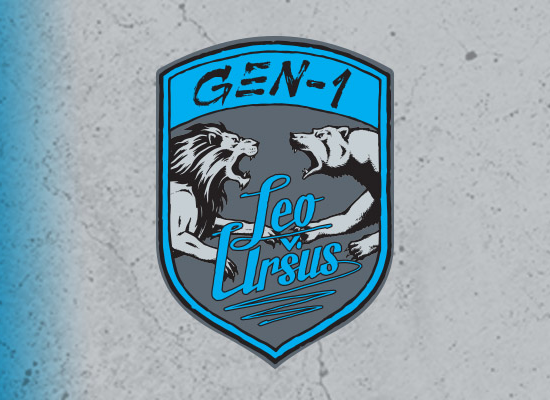
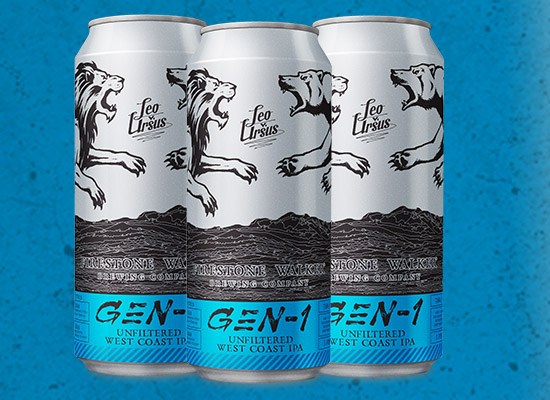
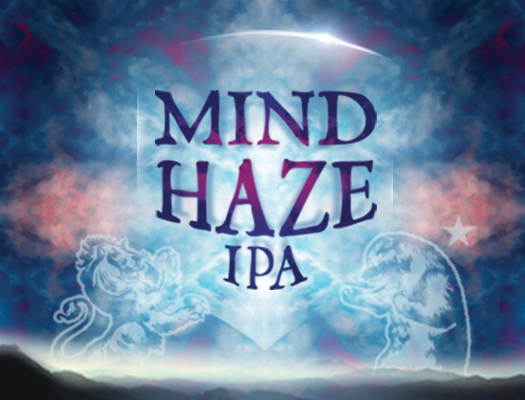
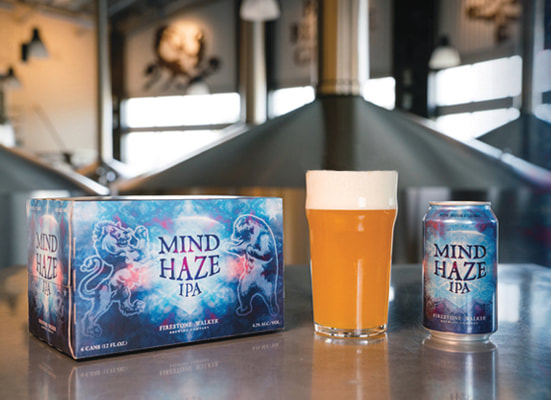
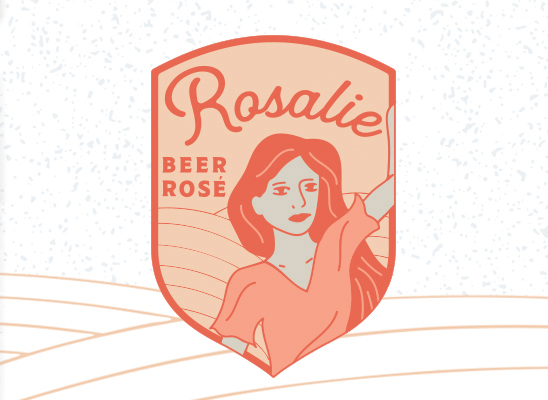
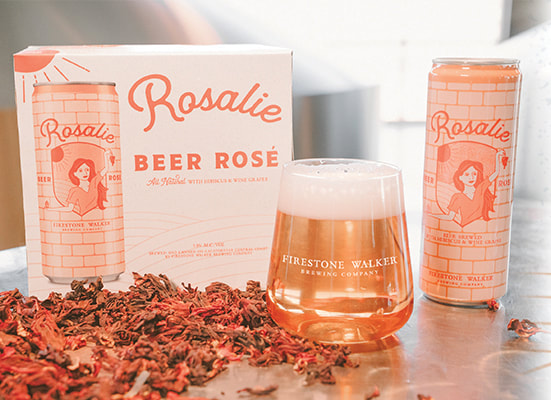
 RSS Feed
RSS Feed